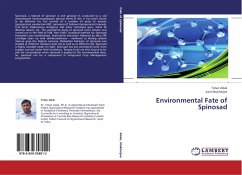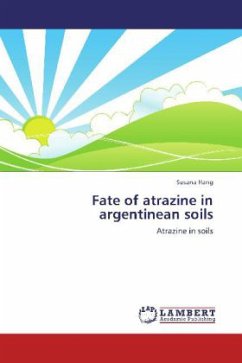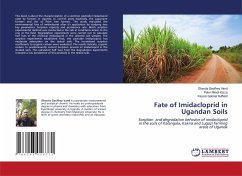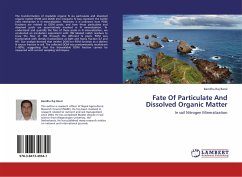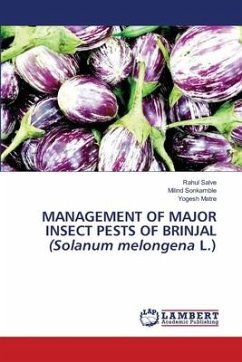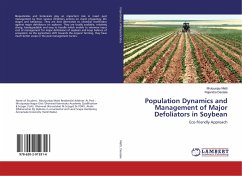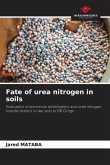Spinosad, a mixture of spinosyn A and spinosyn D, produced by a soil actinomycete Saccharopolyspora spinosa Mertz & Yao. It has been found to be effective for the control of a number of pests of tomato (Lycopersicon esculentum Mill.; synonyms of Solanum lycopersicum) namely, fruit borer (Helicoverpa armigera), leaf miner (Liriomyza spp.), white fly (Bemicia tabaci), etc. The persistence study of spinosad in/on tomato was carried out in the field of IARI, New Delhi. Analytical method for Spinosad estimation was standardized. Acetonitrile extraction followed by silica SPE cartridge clean up with dichloromethane - methanol as eluting solvent mixture gave the highest recovery. Dissipation behavior of spinosad was studied at different moisture level soil as well as at different pH. Spinosad is highly unstable under UV light. Spinosad has low persistence both in/on tomato and soil under field conditions. Tomato fruits are thus found to be safe for consumption when spinosad is applied at the recommended dose. So, spinosad can be a component in Integrated Crop Management programmes.
Bitte wählen Sie Ihr Anliegen aus.
Rechnungen
Retourenschein anfordern
Bestellstatus
Storno

